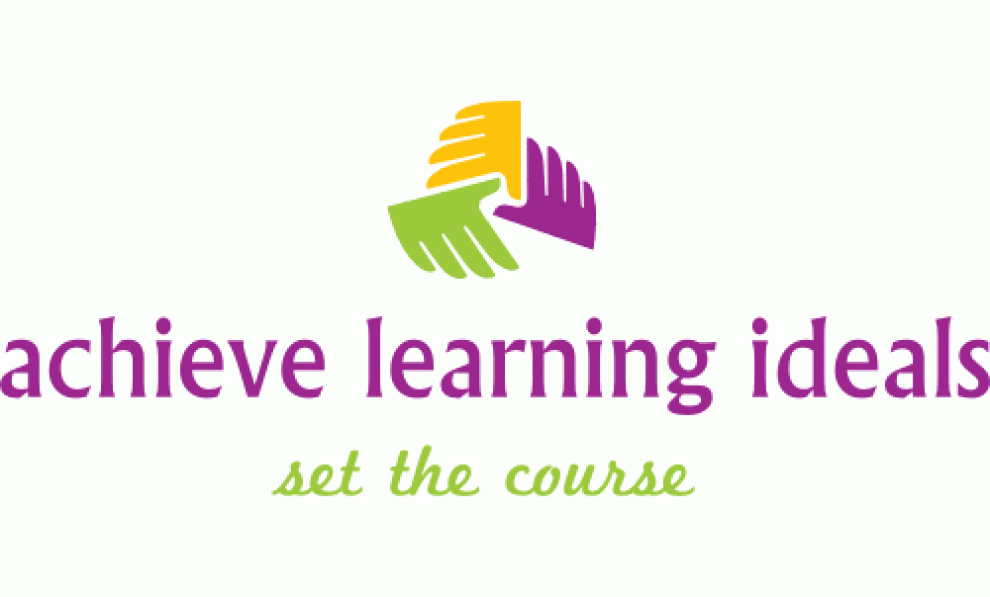“Students who wish to do well on exams should know as much as possible about the topic”
An actual educator’s suggestion or an exam prompt for an SAT or other Standardized test? Reading and writing labs across the globe deal with the mechanics, the “how to” of crafting an essay, few of these labs have the time to question if the student’s answer will even be relevant to the teacher’s question. And this is where the mechanics, -the how to- even if deliberately applied, surprise a student with a less than stellar mark- and then they arrive at my door with a bleak outlook on their academic prospects and an even bleaker expectation of how they might improve.
With School year 2014-2015 approaching, and students currently choosing timetables, some lucky few may actually be selecting courses they have a strong interest in-but a large number choose a class based on availability, the course being required, and /or “others” as in friends, being in that time slot. Surprise, the course outline does contain a timetable, a syllabus, and very important- the teacher/professor’s expectations- here is the “secret” to identifying a topic which will demonstrate one was actually a participant in the course- something that educators really do look for! 🙂
To write 5 pages or 15, or 150 is considered part of the gradual learning process- but to jump from a “5 paragraph” essay to 3-5 solid pages of information is very difficult for many who weren’t shown that the information must be balanced with opinion to help focus an argument. Random inspirational quotes can be found – begin with one and ask- what does it mean? followed by how do you know? And, could we research the origin of the quote? this little exercise moves one from blindly copy/ pasting words, to actually wondering about those words- who said them? why do we continue to pass them around? how is it we are able to grasp at the metaphor if the quote offers within it a metaphor? Do we know if we are “right”? Now what inspired the teacher/professor to offer a particular course? Does he/she tell us in the course outline? Do the suggested reading materials offer a “clue” to how others view the main topic? And did any of these readings hold any real appeal to you- the student?
As early as grade 3 we formally introduce metaphor into the curriculum. If “Hope Floats” can it be a heavy object? If Emily Dickinson later further adds that “hope is a feather” she has given readers a simile, a concrete object to recognize and discuss, but back to the emotion that is floating somewhere- and offer bubbles and balloons and other light weight objects, before discussing a very heavy weight topic- the concept of “hope”; a feeling? an emotion? is there a difference? Hold a circle time and share Pandora’s Box; have the class suggest the meaning, and openly discuss what the author was teaching a reader.
“Education breeds confidence; confidence breeds hope; hope breeds peace.” Confucious (Kung Fu Tze)
In this current global situation, education and its ability to encourage tolerance is ever more required; how we teach “critical thinking” will effect the kind of communities, diverse, exploratory, and engaged, or private, contained and fearful of others, that we as educators help to grow.
